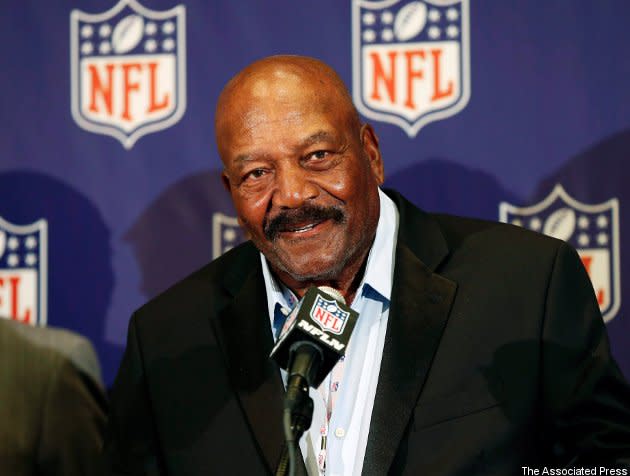The CFL should keep an eye on how the NFL’s new helmet rule turns out this season
Some big football news came down Wednesday with NFL owners voting to approve six rule changes, including a controversial one that will make it illegal for both ballcarriers and tacklers to lead with their crown of their helmet outside of the tackle box. The rule has been praised in some corners as a plan to limit the helmet-first contact that often causes concussions and as a way to even the terms for the offence and defence, but it has prominent current and former players divided (Jim Brown supports the idea, while others like Emmett Smith, Jerry Rice and Marshall Faulk have blasted it), and it's also received mixed reviews from fans. The timing of the NFL's decision may present the CFL with an excellent opportunity, though. Changes to the CFL rules are typically brought in at the annual CFL congress, which wrapped up last month. Thus, the CFL board of governors will have almost a full year to observe how this rule change goes for the NFL before making a decision on if they should follow suit with a similar rule.
That time could be extremely useful, especially with a rule like this one that hasn't really been tried before at a high level and includes a lot of complicating factors. Will this significantly reduce helmet-first hits? Will it lower the number of concussions? Will on-field officials be able to consistently interpret the new rule, or will it become an occasionally-called and often-hated ordinance such as the Tuck Rule, which met its largely unlamented end this week at the same rules meeting? Will this change the very nature of the running game, as players like Smith and Faulk have argued, or will Brown's case that it's quite possible to be a successful running back without leading with the head prevail? Will we see dramatic shifts in how many plays are run inside and outside the tackle box? There's a lot in flux here, and that's why it may be worth the CFL's while to wait and see how this goes south of the border.
None of that's meant to minimize the dangers of concussions, which may be one of the most important issues facing the CFL (and all of football) going forward. Helmet-first hits are also a key problem north of the border. However, the CFL already takes disciplinary action over the worst helmet-first hits, which has led to suspensions and fines in the past, so it's not like there's nothing in place to stop these at the moment. The new NFL rule goes well beyond that, of course, particularly in how it also applies to offensive players and how it punishes any helmet-first contact outside the tackle box, not just particularly blatant helmet-first hits. It's going to be well worth watching how it turns out, and CFL executives should be keeping a close eye on four-down football this season. If the rule can be called consistently and proves to significantly reduce helmet-first hits and head injuries, the CFL absolutely should look at bringing in their own version next offseason. If it turns into a confusing mess that doesn't make things any safer and only increases backlash, then the CFL will know to look at other options. Either way, the NFL's implementation of this new rule can be seen as a field test, and one that may provide valuable results for the CFL going forward.

 Yahoo Sports
Yahoo Sports 


